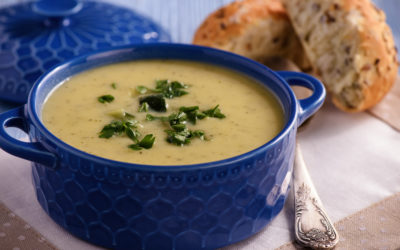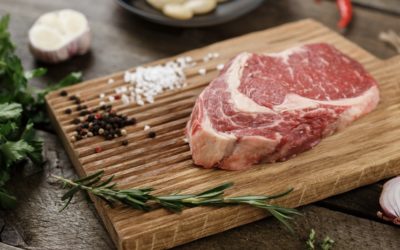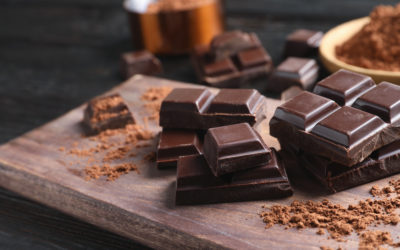What is a cleanse and why should or should you not do one? And, are they necessary? And if you are going to do one, how can you do it safely?
Mention to someone you are doing a cleanse and it can likely elicit very different responses. In the ancient Indian culture, the best time to do a cleanse is during the change of seasons. Spring is here and if you’re anything like me, you’re getting restless waiting for warmer weather to arrive so you can start going outside more often. So it’s a good time to prepare for what’s coming next.
When I think of a cleanse it is more about rebalancing and getting ready mentally, spiritually, and physically for a new season. I usually start thinking about eating different foods. For example, in the Spring I start eating somewhat lighter fare than I am used to eating in the cold winter months. It’s a way of helping my body adjust and ease into the next season.
Before you decide to do a cleanse it’s good to get familiar with how to do one and what you can expect. You can think of this as a jumpstart to cleaner, healthier eating. If you’ve noticed any digestive issues, a cleanse might be the “reset” button. Even if you eat a healthy diet and move regularly, a cleanse could be helpful in transitioning from one season to another. We all take in toxins through the air we breathe, the food and water we eat and drink, and through our skin.
Some of the things to avoid while doing a cleanse are caffeine (that means our beloved coffee and caffeinated tea; herbal teas are permitted), tobacco or other recreational drugs, sugar, processed foods, alcohol, junk and fried foods.
You can do a food cleanse of just fruits and vegetables (cooked or raw are acceptable) with brown rice for three days or if you would like to continue with the cleanse, you can move into two days of smoothies (containing leafy greens and low sugar fruits like pears, berries, or apples, a half a banana would work well too), and finally two to three days of juices. To come out of the cleanse you would do it backwards, going to smoothies, then fruits and vegetables, and finally all your normal foods (if you want to return to eating them).
A one-week cleanse might look like two days of healthy solid foods (fruits, vegetables, rice), one day of smoothies, one day of juices, one day of smoothies, and two days of healthy solid foods again.
Another good thing to start each morning with is 6-8 ounces warm or hot water with lemon juice. It’s a nice way to wake up your body unlike jolting it awake with coffee. And remember to stay hydrated by sipping warm or room temperature water throughout the day, rather than drinking a lot all at once. By the time you realize you are thirsty, you may have lost 1-2% of your water stores, which could be significant for older adults.
During this time of cleansing, exercise should be something light, like walking, yoga, Tai Chi, or Qi Gong. Take time to relax and breathe quietly for a few minutes in the beginning or end of each day. On the last day of your cleanse, reflect on how you felt going through it, how you would like to move forward in life, the things you would like to bring back into your life and the things you would like to eliminate or reduce. Give thought to how improving your health can benefit you, your family, and community.
Detoxifying Kitchari
Ingredients:
- 1 cup basmati rice
- ½ cup organic yellow mung beans (soaked 3 hours before cooking)
- 4 cups filtered water
- 3 Tbsp ghee (clarified butter)
- 1 tsp mustard seed
- 1 tsp cumin seed
- 1 tsp fresh grated ginger
- ½ tsp turmeric powder
- ½ tsp coriander powder
- 1 stick of kombu or wakame flakes (optional)
- 1 cup vegetables of choice (carrots, green beans, zucchini, bok choy)
- 1 cup leafy greens (kale, collard greens, or spinach)
- Salt to taste
- Fresh cilantro (garnish)
Directions:
- Soak mung beans for at least 3 hours or overnight.
- Wash and soak rice for 30 minutes.
- Drain soak water for both rice and mung beans.
- Heat saucepan over medium high heat, when hot add ghee and ginger, mustard, and cumin seeds. Sauté for 1-2 minutes.
- Add rice and mung beans, sautéing a few minutes more, then add vegetables of choice and water. Bring to a boil.
- Once boiling, add salt, turmeric, and coriander, kombu or wakame, and leafy greens of choice.
- Reduce heat to medium low, cover and cook for 30-45 minutes.
- Garnish with cilantro.









